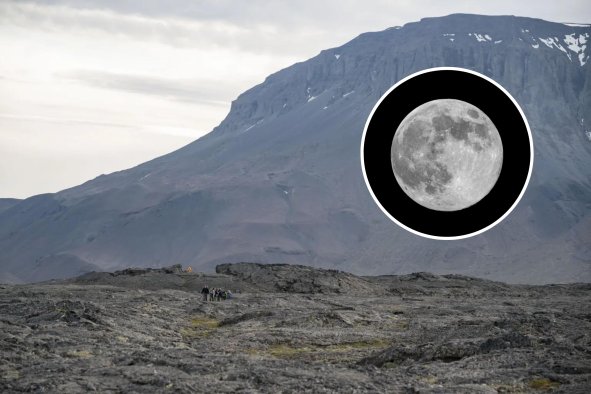COVID-19 cases across the U.S. follow six monthly cycles, new research suggests. The findings offer crucial insights for disease modelling and getting medical supplies and vaccines to the people who need them.
"The dynamics of COVID-19 differ from other respiratory viruses in several important ways," Donald Burke, dean emeritus at the University of Pittsburgh School of Public Health and senior author on the study, told Newsweek. "Notably, there is an unexpected summer peak in the southern U.S. that has predictably recurred. This is surprising because common respiratory viruses typically peak in colder months in the northern hemisphere."
The U.S. has seen a significant spike in coronavirus cases this summer, which, as predicted, were the most concentrated in southern states.
"Additionally, we identified oscillating patterns, meaning when cases are elevated in one region at a specific time of the year, they are low in another region and vice versa," Burke said. "The most prominent oscillation is in the eastern US, oscillating between the north and south."
So, what might be driving these oscillations in COVID waves across the country? "Although in this study we did not specifically examine the drivers of these waves, the wide geographical distribution and repetition of these patterns suggest factors that operate predictably over large areas," Hawre Jalal, associate professor of epidemiology and public health at the University of Ottawa and the study's lead author, told Newsweek.
"These can include seasonal variations and human behavior, and perhaps to a lesser extent, the emergence of new viral variants and local public health interventions."
However, Burke said that it is still unclear how this virus can thrive in both the hottest and coldest months of the year. "The COVID-19 winter waves are consistent with that of other respiratory viruses, but the existence of a repeated additional surge during the summer was unexpected," Burke said.
"These waves start near the southern U.S. border in July and August, when the weather is hottest and the humidity is high–factors that usually tamp down the spread of respiratory viruses. We don't have a good explanation for why COVID-19 rates should increase in both the warmest and coolest times of the year."
But why is it so important to understand the seasonal cycles of this disease?
"Understanding these oscillatory cycles is crucial because they can aid in improved forecasting, helping to predict future surges and prepare public health responses accordingly," Jalal said. "They can also assist in resource allocation by allowing for better targeting of public health resources, such as vaccines and medical supplies, to regions and times of expected surges."
He continued: "Additionally, understanding these cycles helps evaluate the effectiveness of public health interventions and policies, ensuring they are appropriately timed and targeted in the context of the expected cycles. Finally, these insights can provide a deeper understanding of the drivers influencing the transmission dynamics of COVID-19, which can be applied to other emerging infectious diseases."
Burke said that the study's findings underline the importance of further research into the specific drivers of these cycles. "Understanding these factors can help future efforts and policies," he said. "We have also found that these patterns might not be confined to the US but could be part of a larger North American phenomenon."
Is there a health problem that's worrying you? Do you have a question about COVID-19? Let us know via health@newsweek.com. We can ask experts for advice, and your story could be featured on Newsweek.
References
Jalal, H., Lee, K., & Burke, D. S. (2024). Oscillating spatiotemporal patterns of COVID-19 in the United States. Scientific Reports, 14(1). https://doi.org/10.1038/s41598-024-72517-6
Disclaimer: The copyright of this article belongs to the original author. Reposting this article is solely for the purpose of information dissemination and does not constitute any investment advice. If there is any infringement, please contact us immediately. We will make corrections or deletions as necessary. Thank you.



